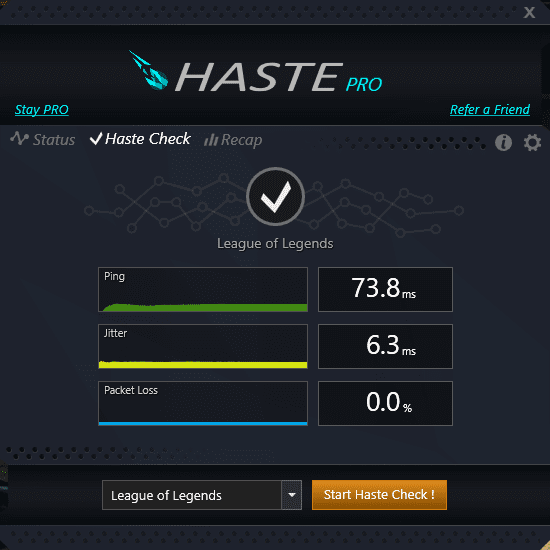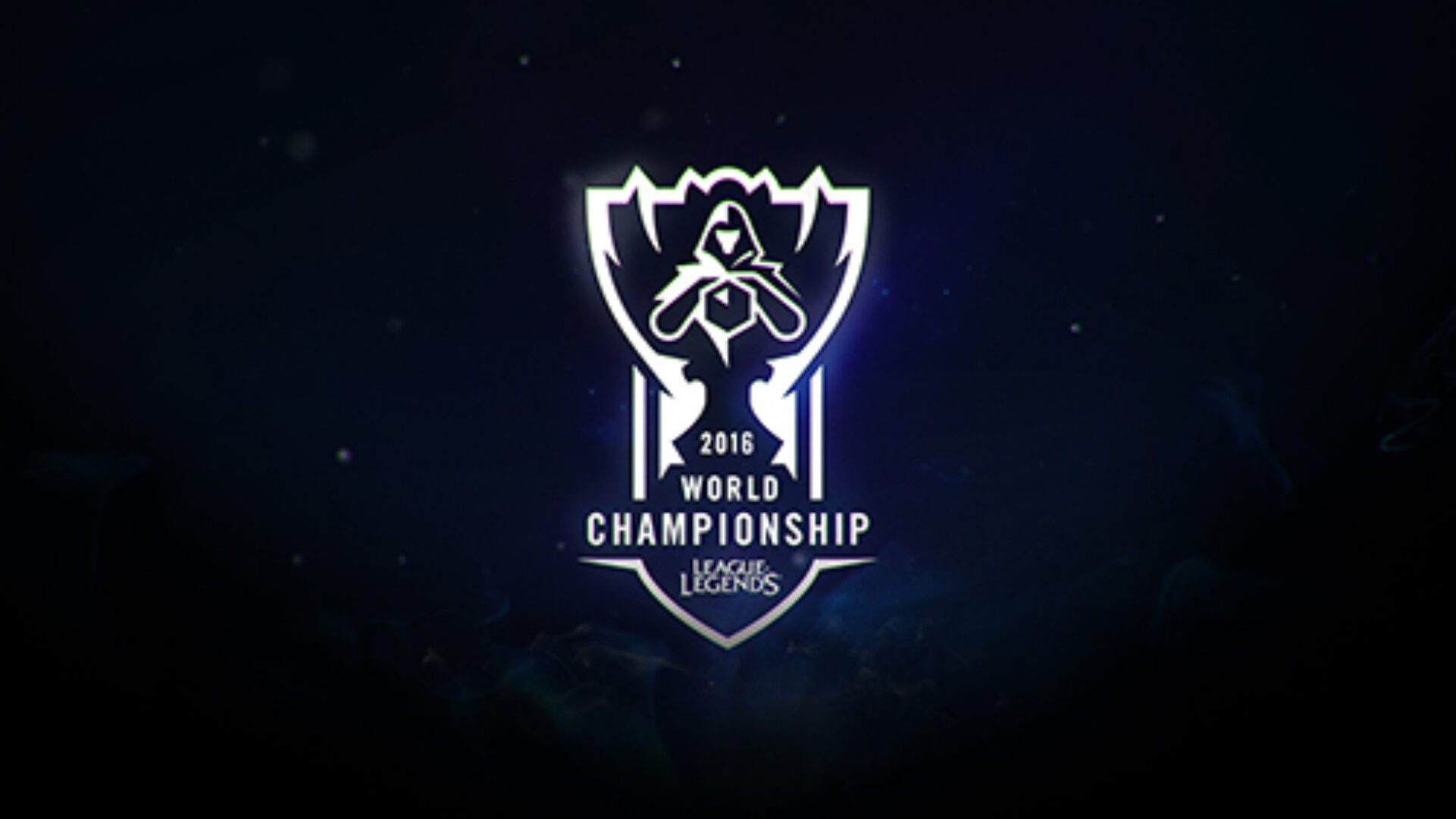We’ve all been there: sprinting around a corner in an online FPS, only to get hosed out of no where by another player who literally saw us a split-second sooner thanks to an unfortunate bout of 300ms ping. Or maybe it was a raid in a favorite MMO, where the healer simply didn’t get the information that our health was nosediving until it was a just too late. Perhaps MOBAs are your thing instead, and that enemy hero got his Ult off just a tiny bit sooner than you.
In the heady early days of online gaming, when a high-speed connection meant a 128kps DSL connection in the home, or taking advantage of a college or workplace’s high-speed lines, these people were known as LPBs, or Low Ping Boys. (Another, more vulgar B-Word is usually substituted for “boy.”) Any double-digit ping would generally qualify someone for membership in the LPB club.
Now, with the mass proliferation of cable modems and multi-megabyte downstream speeds, double-digit pings are commonplace. Even so, the arms race for lower ping remains the same, particularly in games where a 20ms (2/100ths of a second) difference in packet times can still mean the difference between a win and a loss. Now a new company called Haste aims to level the playing field, offering a better alternative to painting your modem red, adding flame decals to your PC case, and lighting incense as an offering for St. Ig, the Patron Saint of Speed.
I recently had a chance to chat with Matt Konigsmark, VP of Marketing at Haste, and ask him a few questions about their technology and future plans.
Haste started out of frustration. Founder Taric Mirza was a big League of Legends fan frustrated by lagging gameplay. After being disappointed by other VPN and network traffic optimizing services, he decided that he could do better. He connected with Adam Toll, and the genesis of Haste was formed!
While specific gains are difficult to ballpark, due to the number of variables involved, most gamers see 20% – 30% improvements on average ping while running Haste. Field test results have ranged anywhere from 10% – 50% depending on factors involved.
Haste has been aggressively expanding the games they support. The Beta (which ended in October) focused on League of Legends and Overwatch, then ramped up with three additional titles in November – CS:GO, PUBG, and Fortnite. December was their biggest month yet, as they added Dota 2, Heroes of the Storm, Paragon, World of Tanks, Starcraft 2, and Team Fortress II. January hasn’t slowed down either, with Haste now also supporting Battlefield 1, Star Wars: Battlefront II, and Brawlhalla. At the time of this writing, Rainbow Six Siege, Smite, and Paladins are listed as coming soon, and there’s no doubt that more titles are already in the works after that.

Same game, different results. This is what happens when the kids are watching Netflix on the same connection.
Haste works by positioning a proprietary network adjacent to the game servers, and prioritizing game traffic to get to and from those servers faster. If the regular network traffic running from the user’s computer to servers can be thought of as a highway, then Haste is providing a dedicated “Games Only” fast lane for supported game traffic, and nothing else. This has a definite, measurable effect, not only on ping, but also on jitter and the sort of packet loss that can lead to serious lag jumps. As anyone who’s had to deal with enemies teleporting across the room in the middle of a firefight can attest, packet loss can be a huge problem in some games.
Mark also mentioned a bit about Haste’s future plans in addition to bringing on more games. The thing they’d most like to do is expand Haste’s coverage beyond the North American market. While they don’t have any kind of ETA for these future features, he assured me that integrating streaming traffic is something they’d like to do at some point in the future.
Thanks to Haste’s free Pro trial, I was able to take the system for a test drive myself. My home bandwith is decent, with Speedtests usually reporting around 70mb down and 5-7 up (provided my kids aren’t all watching Netflix or playing Minecraft on their tablets at the time). Nothing spectacular, but usually good enough to keep me around 40-50 ping in League, 50-80 in CS:GO, and 60-90 on Mechwarrior: Online’s North America servers.
Running Haste definitely had an impact. My average ping in League dropped a very consistent 10%. CS:GO, with its wildly variable server pings, was more inconsistent, but still averaged a 20% – 30% reduction. Not too shabby!
Speed, of course, comes with a cost. An annual Haste Pro subscription, where the Haste client is always on and optimizing every game, currently costs $49.99 per year. For folks who feel like Haste might be useful sometimes, but don’t feel the need for speed every game, there’s also a free Haste Rewards option. The way Haste Rewards works, is that for every 30+ minute uninterrupted gaming session done in a supported game with Haste running in the background, the user gets a point. Ten points can be cashed in for one Haste optimized gameplay session.
Are the optimized sessions worth it? That depends heavily on the individual. For hardcore players of supported games looking for either an edge, or to level the playing field against some LPBs, the Pro subscription is almost certainly worthwhile. $49.99 a year works out to $4.17 a month, or just about the same price as a single Grandé Starbucks Mocha. That’s not a huge dent. For more casual players who might want a boost for a particularly serious gaming session, or whose favorite multiplayer game isn’t yet supported by Haste, Haste Rewards is a great option.
For this writer, Haste Rewards will definitely be running in the background for the foreseeable future. As a very casual League, CS:GO, and Team Fortress II, player, I can see the benefits, but the two online games that take most of my attention don’t yet have Haste support. When the day (hopefully) comes when those games are supported, I will be seriously considering a Haste Pro subscription.








